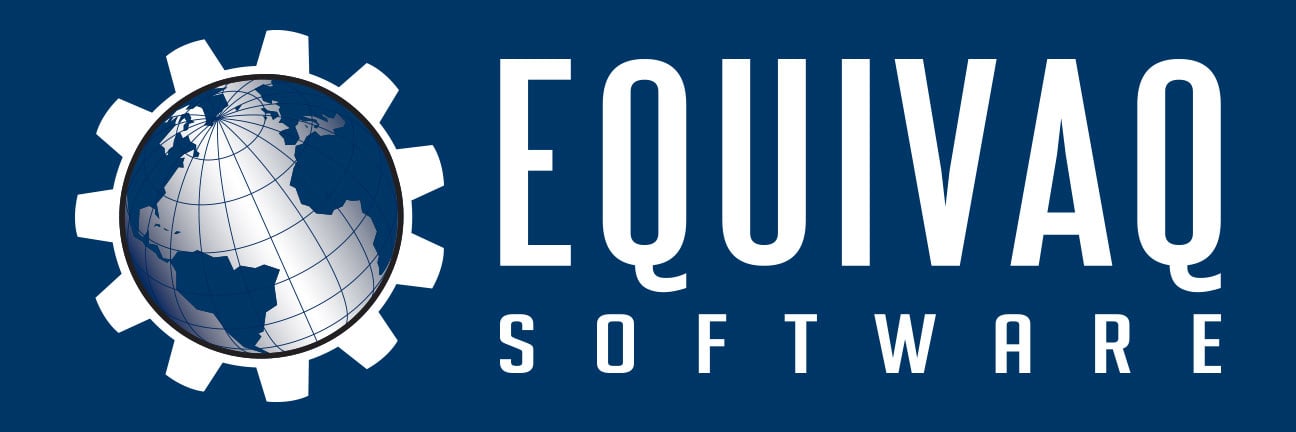The PDM API is NOT the #1 headache for PDM Admins – Just try getting people to use PDM without griping!
While there are always demands for automated processes in the flow of information, the API is a very small part of a successful implementation of SOLIDWORKS PDM Pro. Every customer manages the flow of information through their value stream differently which means the PDM solution you deploy must be dynamic, scalable, and flexible.
However, along with the really cool stuff the API brings you, an equal level of headache, head scratching, frustration, waiting for replies to forum posts, emails to programmers, etc. are also prevalent. There are numerous pitfalls and settings in your program code that have to be just right, or the recipe won’t turn out so good. This can equate to a very high cost of development and a completely non-standard tool that your company may grow out of quickly.
We recommend letting us teach you the API to avoid the costly learning curve. We have been programming the PDM API since 2008 and developing commercially available subscription based PDM API add-in apps since 2013.
If you are interested in avoiding the costly learning curve and learning how to effectively and efficiently program using the PDM or SOLIDWORKS API and learning how to use the interfaces properly, sign up for our equivaQ Software API Training course. We will tailor the API training so the course curriculum delivers your add-in, within reason, :) and provide you the training you need to write powerful add-ins.
Automating processes within PDM from simple tasks to entire solutions have been the top priority of every PDM admin we meet. It’s so common, that every PDM Admin somehow believes if they don’t know how to program using the PDM API, they somehow don’t measure up to the best PDM Admins. What they don’t realize is, out of all PDM Admins worldwide, a very small percentage know how to program and the most successful PDM Admins are great at listening to people’s needs. We applaud you!
We have learned the greatest successes with our work come when the following happen:
- When leadership is heavily engaged at all levels
- Delivering solutions, not software
- Value stream integration – inputs to engineering and outputs from engineering
Take a look at what our customers are saying about us and join the conversation on our social media
We have had an incredible amount of PDM value stream integration exposure with our clients implementing PDM and we are thankful to have had the opportunity. From this experience, we have
learned that small companies and large companies alike have one thing in common in a PDM implementation: People, Processes, & Data.
Below are our recommended key points to focus on when implementing your PDM solution. This is not an exhaustive list but is a great start to get you thinking:
- Leadership + Process + PDM = Success The first step is fostering an ecosystem where leadership promotes the PDM solution and begins evangelizing it and publicly praising those who do.
- Every PDM installation is CUSTOM. The good news: Since every facility manages the flow of information, material, and labor differently every PDM implementation is a feature rich customized solution. The bad news: Since every facility manages the flow of information, material, and labor differently every PDM implementation is a feature rich customized solution. Make the best of your unique implementation.
- Distinguish Content Creation and Content Distribution – PDM excels at content creation but since it is a file-based data management system, it is not adequately designed to manage content distribution. There are also very few solutions available to serve as a content distribution system. Flatter Files is designed especially for content distribution and is the solution equivaQ is recommending to Vermeer.
- Implement PDM in stages. Get the base implementation in place and use it for 2-3 months before deciding to automate your entire operations through PDM.
- PDM is not the process. PDM is a tool that can measure & track each department's processes but unfortunately PDM is NOT the process.
- It’s not what goes in to PDM, it’s what you get out. The value of implementing PDM is less about secure document storage, history, REV control, and management and more about the PDM outputs available through low cost “data mining”, value stream integration, and downstream consumption with tools like Flatter Files and OpenBoM.
- Who are your customers? You'll have to learn how each team works, how to work with department’s lead, how each team learns, how each team is encouraged, etc. Leadership training through short movies like "The Sid Story" elevates performance and drives new behavior simply by posting measures and leadership relying on them as the “gold standard”.
- A little humility goes a long way. Asking a question goes further than making mandates.
- Don’t oversell. Be cautious not to oversell PDM by saying "Our company will deliver product 2 months earlier than we used to!" unless you can prove it!
- How long will this take? It depends how ripe your value stream is for an Enterprise level data management solution. Manage expectations at every level and at every opportunity. Set aggressive but achievable milestones based solely upon input from designated responsible parties about how their teams will specifically respond to this system. From our experience, it is far more valuable to implement the system “right” than it is to worry about schedule or budget.
In reality, there are always roadblocks, unexpected deviations, and special cases due to undiscovered processes.
Knowing the PDM API can be finicky and may not always work as planned, how can anything else with regard to PDM be any worse?
What about non-players - Employees who won’t use PDM after it has been implemented? This is the #1 question we are asked when it comes to implementing a new solution, so we decided we would blog about it today in hopes that something we have learned would be helpful to you.
There will always be people who will not work in the PDM system even after you implement it. This is not a PDM problem – this is a personnel management problem. Expect it, plan for it, and create contingencies to mitigate it.
- One great strategy is making the data in PDM their food. If leadership begins promoting PDM in meetings by saying “If your report is on paper, it is invalid. If it is live in PDM, I’m listening.” the environment will begin to shape their food consumption (data usage) around leadership’s cues.
- The management philosophy of CAN, WILL, CAN’T, WON’T can help your managers identify nonplayers and begin to promote improvement plans. Our team can help you navigate these waters by signing up for some PDM Management training in our Corporate Training Center.
- Never put all your eggs in one basket. Diversifying the workloads in PDM can position you for great outcomes. If you have an entire process relying on one person, that presents a business risk if that employee leaves the company. Either wins the lottery or gets hit by a bus.
- Training is the best solution for the WILL or CAN’T employees. For every $1 you spend developing PDM and your staff, you should expect a return of $3 to the business in efficiency.
“If you aim at nothing, you will hit it every time.” – Attributed to Zig Ziglar
The Q is your one stop source for solutions that make your work life easier. Our products and services have been designed to be a low cost, low commitment, yet powerful solution that bring you the functionality and flexibility you need to get your product to market faster.
Believe in the Q!
Tim




 EQUIVAQ SOFTWARE offers Apps to enhance the lives of SOLIDWORKS PDM Administrators and users by offering advanced PDM Add-in Apps for an affordable monthly license fee in order to bring PDM automation within reach.
Our products are straight forward and come with detailed easy setup instructions to get you started.
EQUIVAQ SOFTWARE offers Apps to enhance the lives of SOLIDWORKS PDM Administrators and users by offering advanced PDM Add-in Apps for an affordable monthly license fee in order to bring PDM automation within reach.
Our products are straight forward and come with detailed easy setup instructions to get you started.